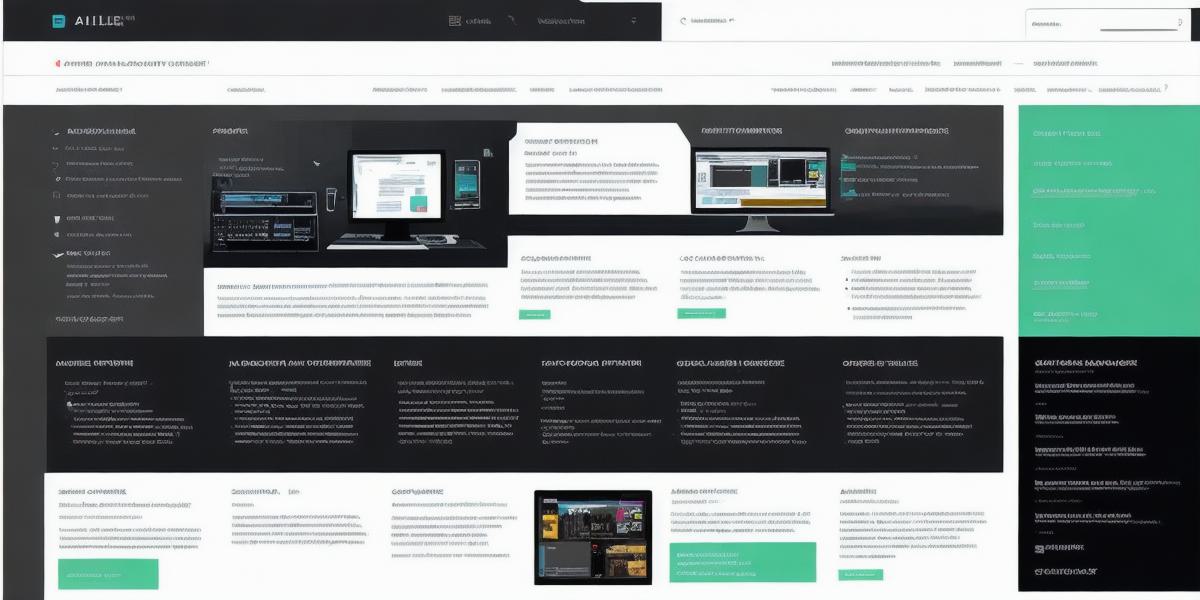Backend Technologies for Web Development: The Ultimate Guide
Introduction:
Backend technologies are the unsung heroes of web development, providing the necessary infrastructure and functionality to bring a website to life. In this comprehensive guide, we’ll delve into the latest trends and best practices in backend development, covering everything from databases to APIs to serverless computing. We’ll also explore case studies and real-life examples to help you understand how these technologies are being used in the real world.
Database Management Systems:
Databases are at the heart of any web application, providing a way to store and retrieve data efficiently. There are many different types of databases available, including relational databases (such as MySQL and PostgreSQL) and NoSQL databases (such as MongoDB and Cassandra). Each type of database has its own strengths and weaknesses, so it’s important to choose the right one for your project.

APIs:
Application Programming Interfaces (APIs) are a way for different software systems to communicate with each other. APIs allow you to access data and functionality from third-party services, such as social media platforms or payment gateways. This can be a powerful way to extend the capabilities of your web application without having to build everything from scratch.
Serverless Computing:
Serverless computing is a way to run code without managing servers. Instead of provisioning and configuring servers, you simply upload your code and let the platform handle the rest. This can be a great option for small-scale applications or those that don’t require a lot of processing power. Popular serverless platforms include AWS Lambda, Azure Functions, and Google Cloud Functions.
Case Studies:
One great way to understand how backend technologies are being used in practice is to look at real-world case studies. For example, Netflix uses a combination of relational and NoSQL databases to store and manage their vast amount of user data. They also use APIs to access external services, such as social media platforms and payment gateways. Another great example is Uber, which uses serverless computing to power their ride-sharing platform, allowing them to scale up or down quickly as needed.
Conclusion:
Backend technologies are an essential part of web development, providing the infrastructure and functionality that bring a website to life. By choosing the right database management system, API, and serverless platform for your project, you can build a scalable and efficient web application that meets the needs of your users. And by looking at real-world case studies and expert opinions, you can gain a deeper understanding of how these technologies are being used in practice.
